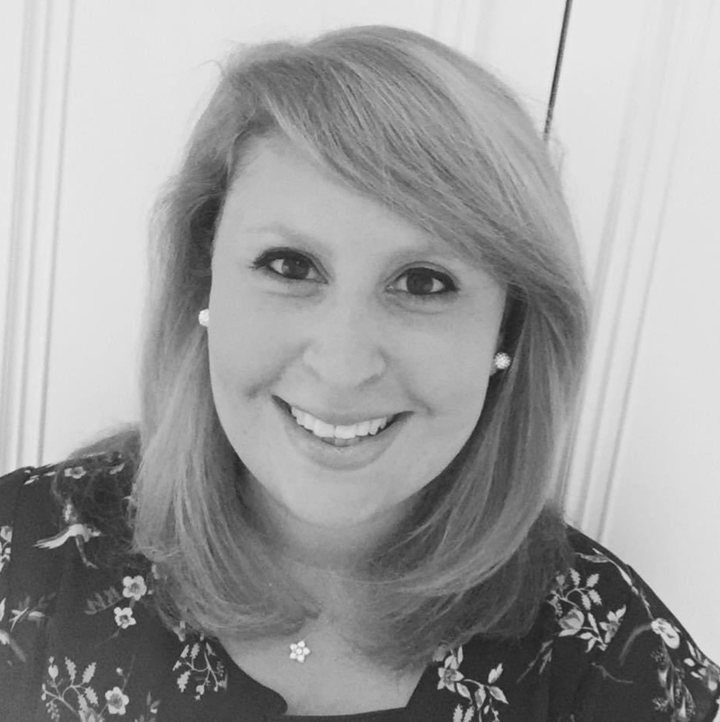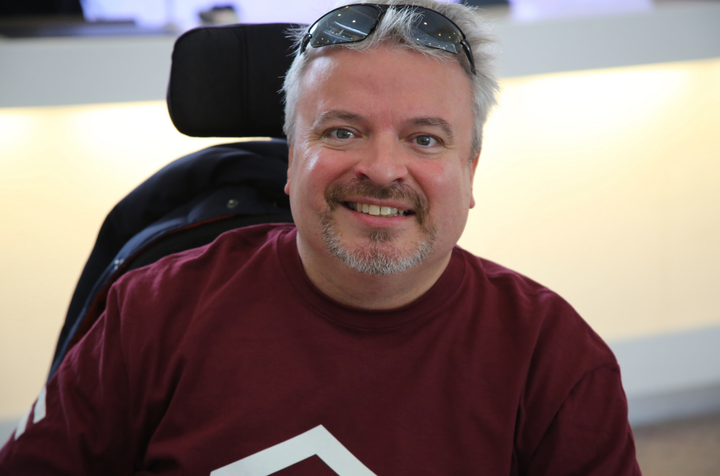The official shielding period ends in England and Wales from April 1, meaning millions of people will no longer be told to stay home.
It’s an emotional day for the nearly four million considered clinically extremely vulnerable to coronavirus, many of whom have been shielding for over a year, if they chose to remain home when it was paused last summer.
“I feel very mixed emotions with the formal end to shielding today,” says Shani Dhanda, who has a rare genetic condition which means she has a low immune system and a reduced lung capacity.
“As everything is now starting to open up, I want nothing more than to go out again after over a year of shielding,” adds the 33-year-old, from Birmingham. “But it feels very unnerving with the risk of still catching Covid to start mixing again. I’m doing everything on my own timeline and when feels safe to do so.”

Those previously shielding will receive a letter in the next fortnight to confirm the guidance has lifted. The letter contains updated advice that people should limit their exposure to coronavirus, such as working from home where possible.
But a crucial difference, is that those who can’t work from home will no longer be able to claim sick pay. Instead, employers will be told to make workplaces “Covid-secure”.
Research from disability charity Scope suggests just 8.5% of clinically extremely vulnerable people have received their second vaccine dose. The majority (75%) of disabled people plan to continue shielding until after their second vaccine dose, which means millions are now potentially facing months of isolation, without vital support.
“Those who still do not feel comfortable going into their workplace may also be forced into a choice between their health and their finances,” explains Louise Rubin, head of policy and campaigns at the charity.
“Many disabled people will be filled with anxiety, as what little support remains for shielders could now be removed completely. No-one should have to put their life at risk to protect their livelihood. Disabled people need a support package to protect their finances and livelihoods as we move out of lockdown, through the roadmap and look to the future.”
Neil Gammon, 45 and based in Knebworth, Hertfordshire, is looking forward to a return to normal life, but is worried about returning to work too soon. He’s been shielding since March 2020 due to Crohn’s disease and blood pressure medication that places him in the clinically extremely vulnerable group.
“I know Covid hasn’t gone away so I’m cautious about returning to work in London and socially mixing,” he says. “I’ll carry on being sensible especially as society relaxes out of lockdown.
“Also, I’ve not had the second jab yet and I’m conscious about that. It will be nice to do a little bit more and get out of the house more often, though.”
“I’ve not had the second jab yet and I’m conscious about that.”
- Neil Gammon, 45 and based in Knebworth, Hertfordshire
Emma Friddin, who takes an immune suppressant medication for Crohn’s and arthritis, which makes her vulnerable to Covid, is also quite anxious about shielding ending.
“In the previous shielding letters, the government advised us to still shield after both doses of the vaccine, whilst they ‘assess the impact of the vaccine amongst all groups’. Even though cases have gone down, that fact still remains,” says Friddin, from London.
“All the vaccine research trials were conducted on ‘healthy’ individuals; so we really don’t know how the vaccine response is impacted by medications and long-term conditions. This worries me, as I don’t want to get a false sense of security and then find out I am not as protected from the vaccine as others.”

The 33-year-old is also worried about the timing of shielding ending – just as everyone else is catching up on socialising and meeting under the rule of six.
“I don’t feel comfortable going to public places yet, so I will continue to use online food and medication deliveries,” she says. “I hope to see my siblings and nieces and nephews as a bare minimum, I really need to see them for my own sanity and wellbeing.”
For many shielders, the official change in rules will make little difference to their day-to-day lives. “I plan to remain cautious,” says Michael McGrath, 55 from Hertfordshire and from The Muscle Help Foundation. “Until there is more data and until I’ve received my second vaccine, which is likely around May, I’ll take more of a considered view [before] fully engaging with the outside world.
“Even though the numbers are much lower, there needs to be more data for people to have more confidence. A letter from the government indicating those who are extremely vulnerable to cease shielding is not an automatic green light.”

Melanie Duddridge, 47, who has been shielding since March 2020 and hasn’t seen any friends or family (except for her husband and daughter who she lives with), says she’ll still stay home. “I know I should feel relieved with the end of shielding, but it won’t change much for me,” she says.
“After staying at home for over a year, I can’t just flip a switch and go back to ‘normal,’” says Duddridge, from Wales, who has fibromyalgia and Crohn’s disease. “Just the thought of having to rely on other people following the rules of social distancing to help keep me safe is terrifying.
“People are busting at the seams for a taste of freedom, but I am anxious and afraid to leave the safety of home. Honestly, today isn’t a special or exciting day. It is a reminder of everything I have lost.”